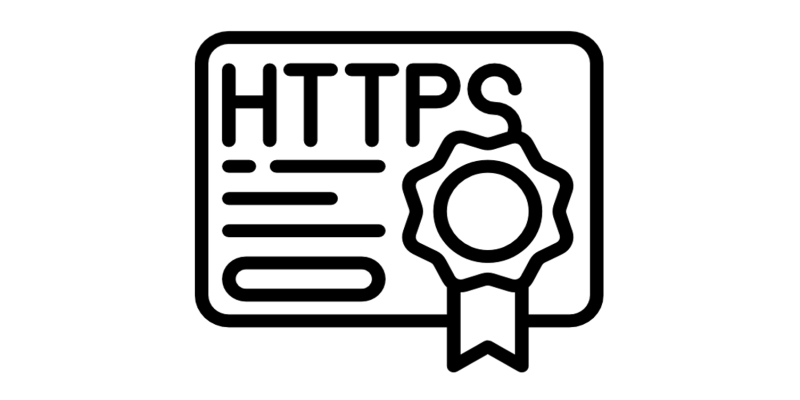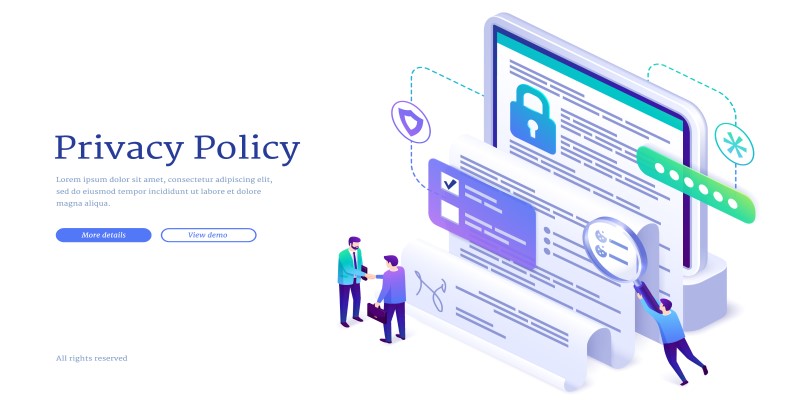Before you enter your address and credit card information into a website, you might stop to think: Is the site safe? Can I trust this website?
Or what about just clicking a link on a page? Could this lead to malware downloads? Or will the website be able to know who you are and where you are?
Typically, we trust big-name sites more (although Big Tech comes with its own data collection issues). Here are some simple ways you can be confident that a website is safe to use and isn’t scamming you.
1. Check if the URL starts with ‘https’ or ‘http’
When you are visiting a website, check if its domain name begins with “https” or not — this indicates it is SSL certified and keeps your data encrypted from the moment it hits the web browser to its server. If the site has SSL, you may also see a padlock icon in the address bar.
When you use an https website, your internet service provider and other third parties can see what pages you are visiting, but they cannot see what you are doing on those pages or any other information. What information do you enter on the page? Meanwhile, http websites, without SSL certificates, leave your personal data exposed.

The majority of modern, legitimate websites are https. It’s easy and affordable to get SSL while the website is being set up. Most browsers also warn you when you are visiting an unsafe website. But you don’t need to check the URL and decide whether to proceed or not if you are warned that the site is not safe.
But just because the website you’re visiting is SSL certified doesn’t mean your online activity is safe. A website with SSL encrypts the information entered there — but it can’t hide your IP address and online activity like a VPN can.
Read more: Fake ip vietnam using vpn
2. Assess if a website looks old
In the case of websites, judge it by its appearance.
We should think twice about visiting a website with a non-modern theme, because it can say a lot about its security, not just about its brand or style. Website themes that look old mean the code hasn’t been updated regularly and can include security vulnerabilities, bugs that make the site difficult to use, and compatibility errors that can prevent you from using it.
3. Be wary if payment options are limited
On e-commerce sites, it’s a red flag if payment options are unclear.
Legitimate sites often offer Visa and Mastercard as payment methods, as well as other popular payment gateways like PayPal and Stripe, which encrypt your transactions. Be wary if it only offers options like paying by bank transfer, wire transfer or cryptocurrency.
Read more:Safety tips for shopping online and in stores
4. Look for a privacy policy
A privacy policy communicates how your data is collected, used, stored, shared, and protected. It is legally required by many regions, such as the EU, Australia, and Canada. You should find and read the privacy policy carefully when visiting a website — especially one that requires you to enter your information.

In fact, most people don’t read privacy policies. But at least, pay attention to its accessibility and location. A trustworthy website should have one in the footer or where it asks for your personal information — but not buried deep within the site. It should still have a privacy policy if it does not collect any of your personal data and clearly states so.
Read more:New process for NordVPN login explained
5. Be skeptical of pop-up overload
It’s not uncommon for a website to show you pop-ups asking for your attention to join their newsletter or take advantage of their offers. But if a website shows you a lot of pop-ups, it could be “malvertising” – advertising that directs you to malware.

Clicking on them may take you to a website that appears legitimate but will trick you into handing over your personal information — a form of phishing. It can also download spyware, viruses or other types of malware on your device.
If you happen to visit a website with pop-ups, it’s best to close that website. Even if it’s not toxic, you don’t need to feel that kind of discomfort in your life. Take your business elsewhere.
Read more: ExpressVPN reviews
6. Use Google’s site safety checker
Google’s Safe Browsing service allows you to check whether it has identified a website as unsafe. It does so by checking URLs against a regularly updated list of unsafe web resources. You can simply paste the site’s URL into the search bar and press “Enter”—and it will report back any unsafe content it finds. Typically, an “unsecure” site is a legitimate site that has been compromised in some way.
What makes you turn off a website? Let us know in the comments!
The article uses sources from ExpressVPN’s Blog: https://www.expressvpn.com/blog/tips-to-know-a-website-is-safe/




